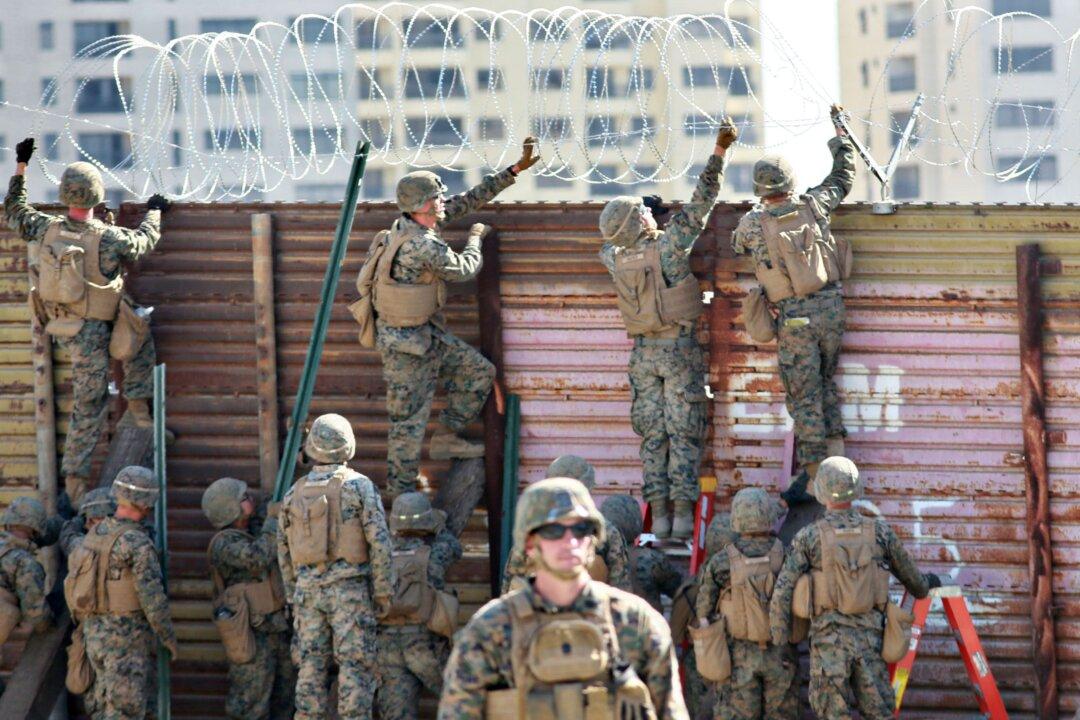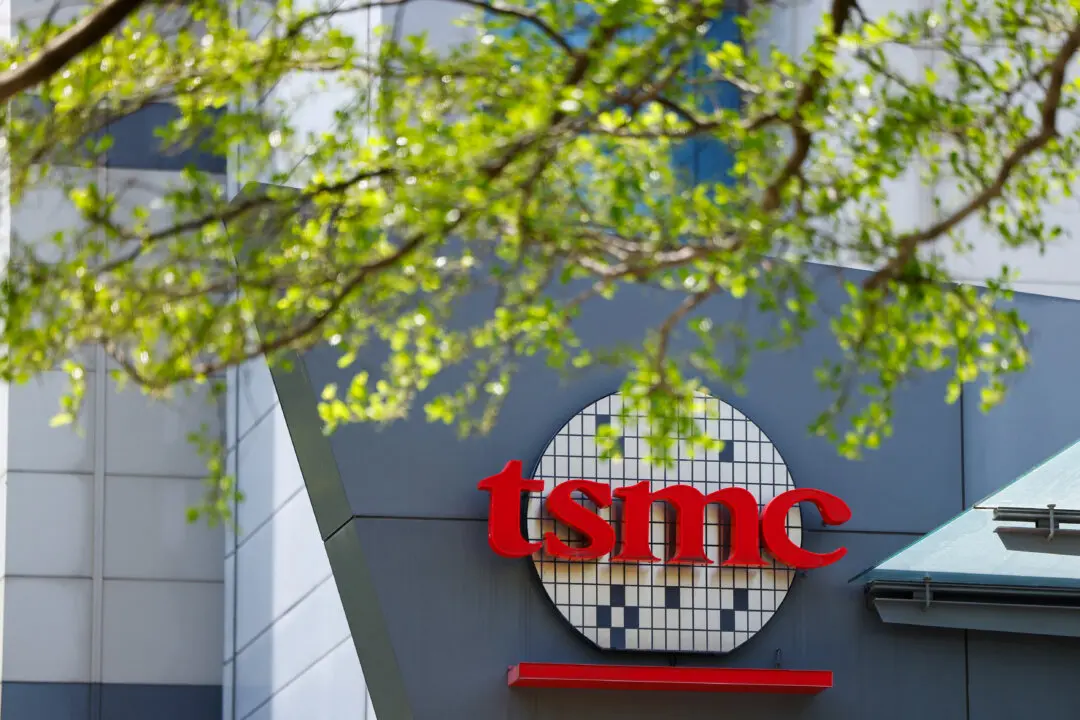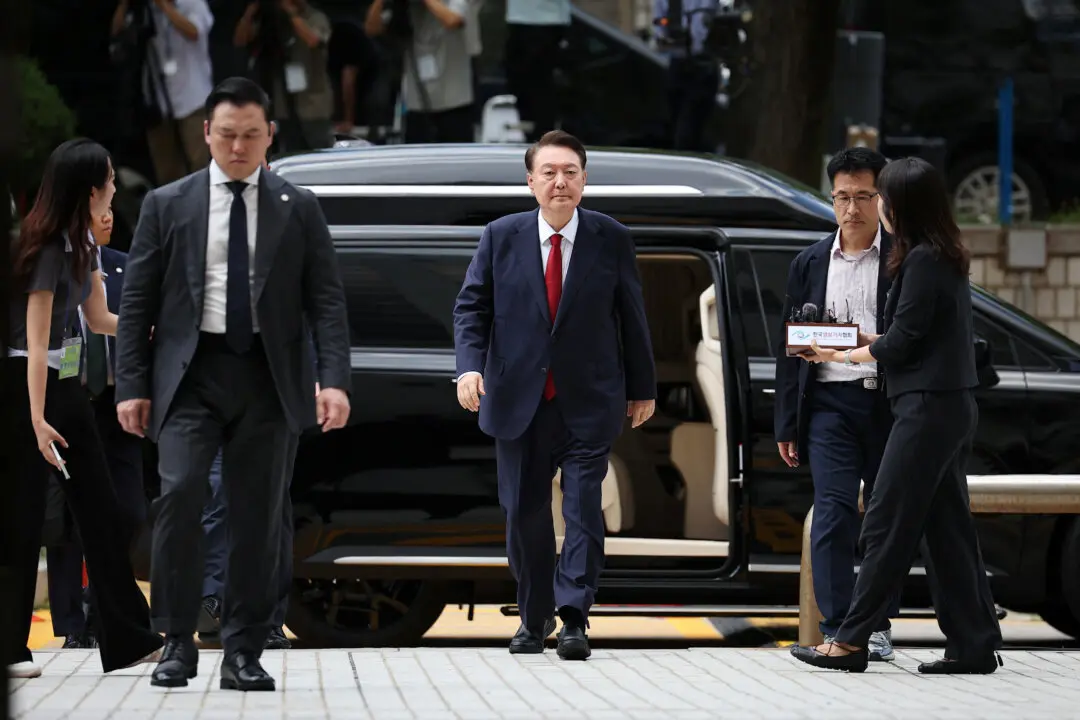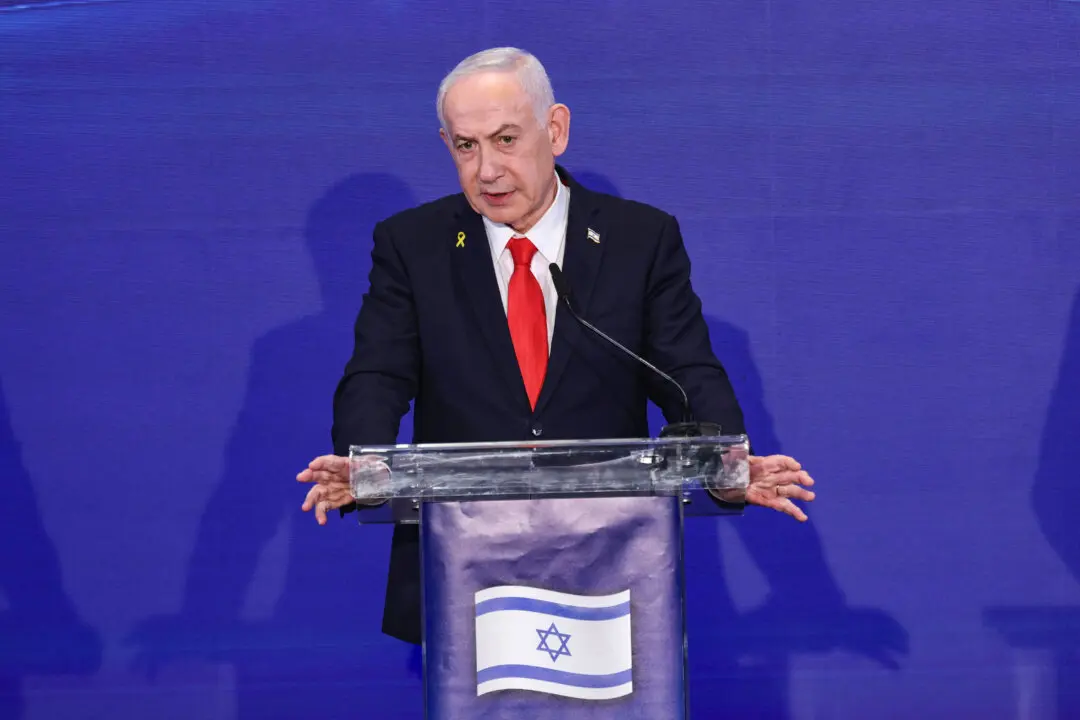BASE CAMP DONNA, Texas—The number of U.S. troops at the border with Mexico may have peaked at about 5,800, the U.S. commander of the mission told Reuters, noting he would start looking next week at whether to begin sending forces home or perhaps shifting some to new border positions.
The outlook by Lieutenant General Jeffrey Buchanan, while not definitive, suggests that the high-profile military mission could soon achieve its goal of helping harden the border ahead of the expected arrival of caravans of Central American migrants in the coming weeks.





